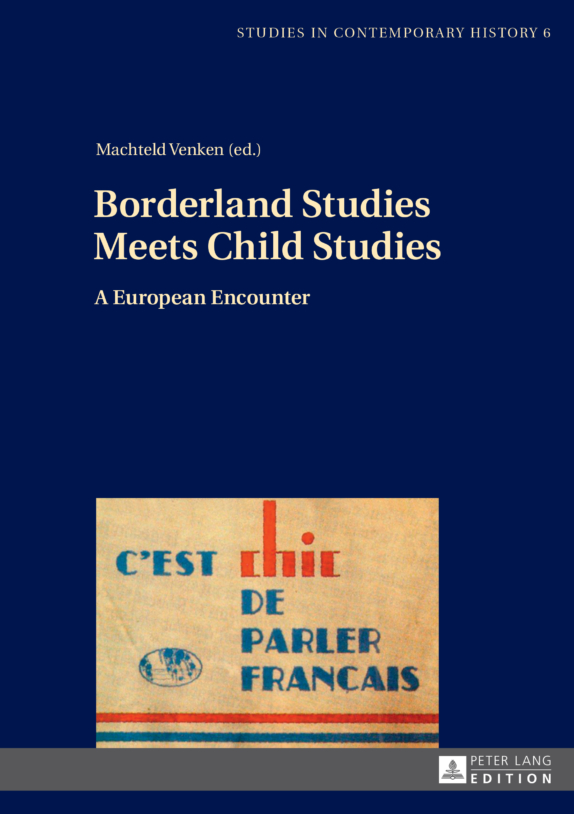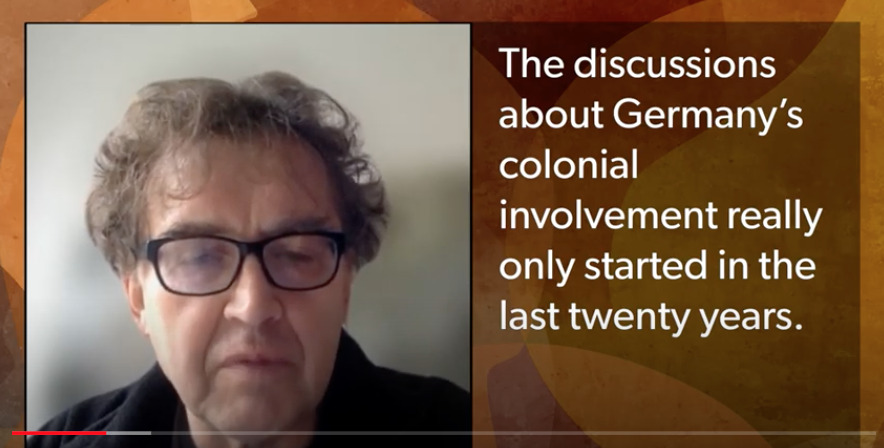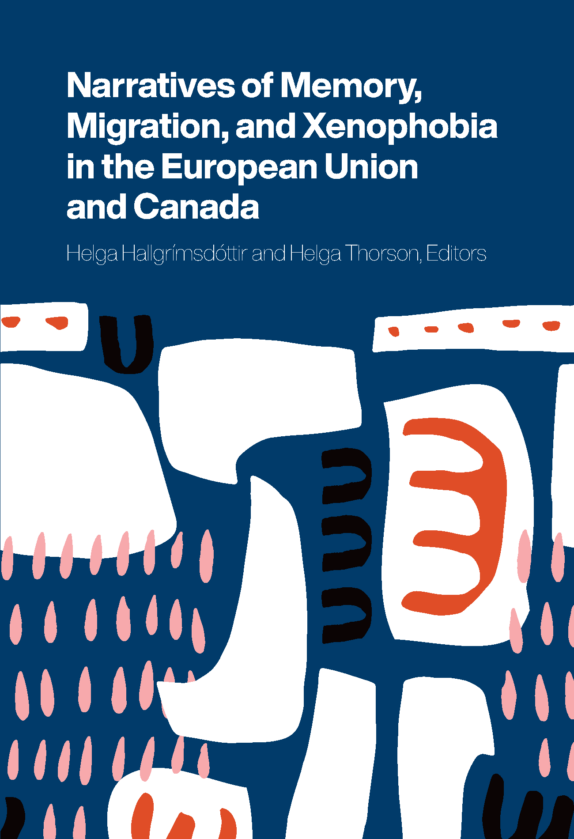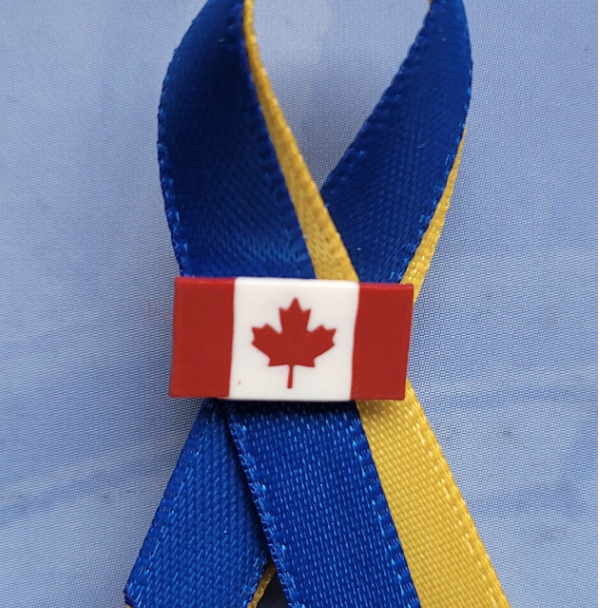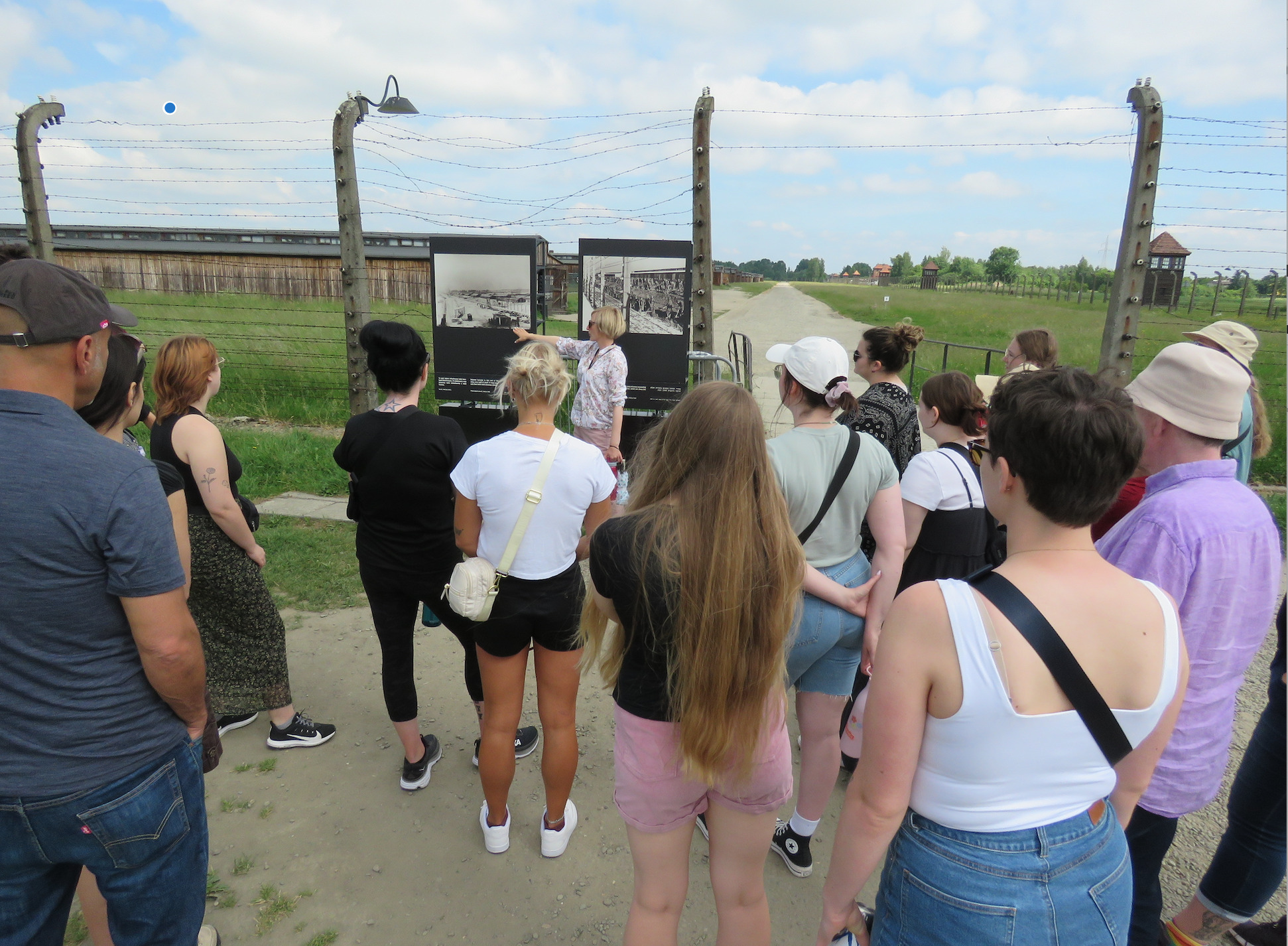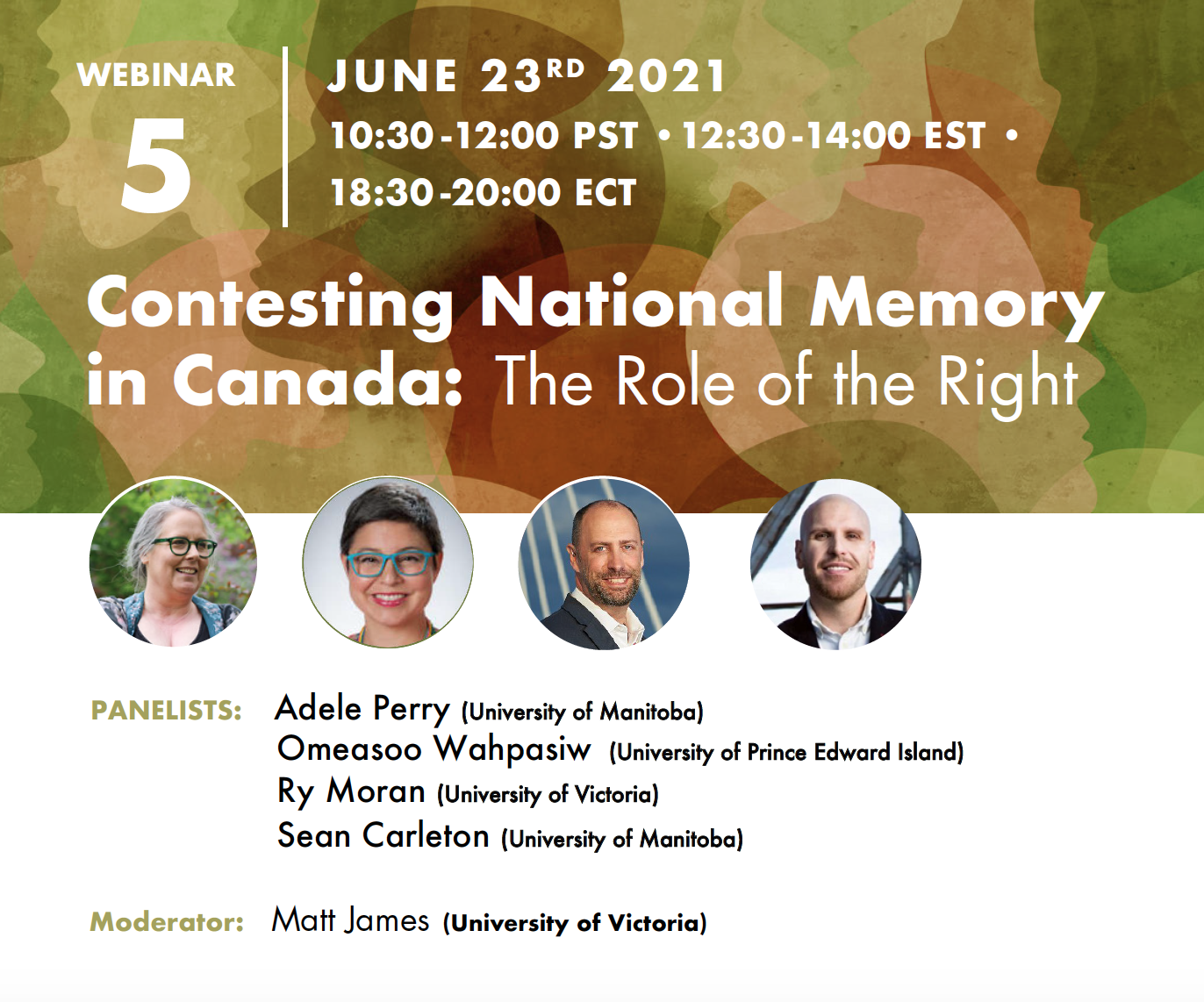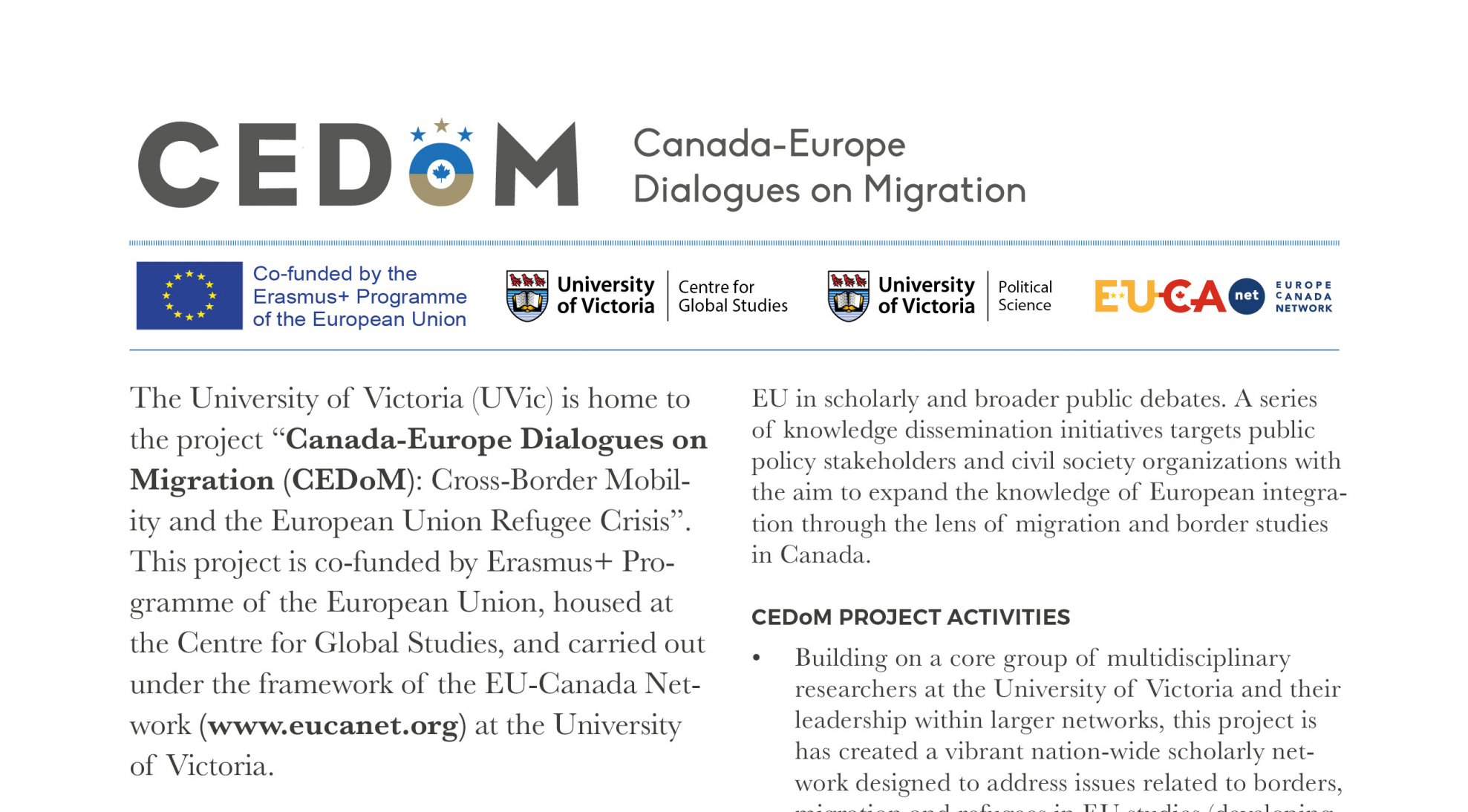The Everyday Life of Children in Polish-German Borderland during the Early Postwar Period
Halicka, Beata (2017). The Everyday Life of Children in Polish-German Borderland during the Early Postwar Period, in: Venken, Machteld (ed.), Borderland Studies Meets Child Studies. An European Encounter. (Peter Lang Verlag, Frankfurt am Main), 117-138.
The Polish-German border created in 1918, following Poland’s regaining of independence, was moved approximately 200 km west in 1945. As a result of forced migration and, in many instances, the almost complete exchange of populations, this region experienced significant social transformation. In conducting my research on the everyday life of the inhabitants of this border zone, an important source was autobiographical documents, especially settlers’ memoirs, mainly of Poles who had settled these regions following the war. This chapter presents conclusions resulting from working with these kinds of sources, with particular consideration regarding childhood memories and the mechanisms behind the construction of memory. The fate of children living in this region following the Second World War have been presented both from their own perspective and on the basis of testimonies of adults describing their family life, their work in schools or institutions in which they dealt with children and young people. Central issues include topics such as harsh living conditions, dealing with traumatic wartime experiences and their longing for a lost homeland, the beginnings of Polish education, the discrimination and exclusion faced by German-speaking children, as well as education conducted in a nationalist and patriotic spirit.
